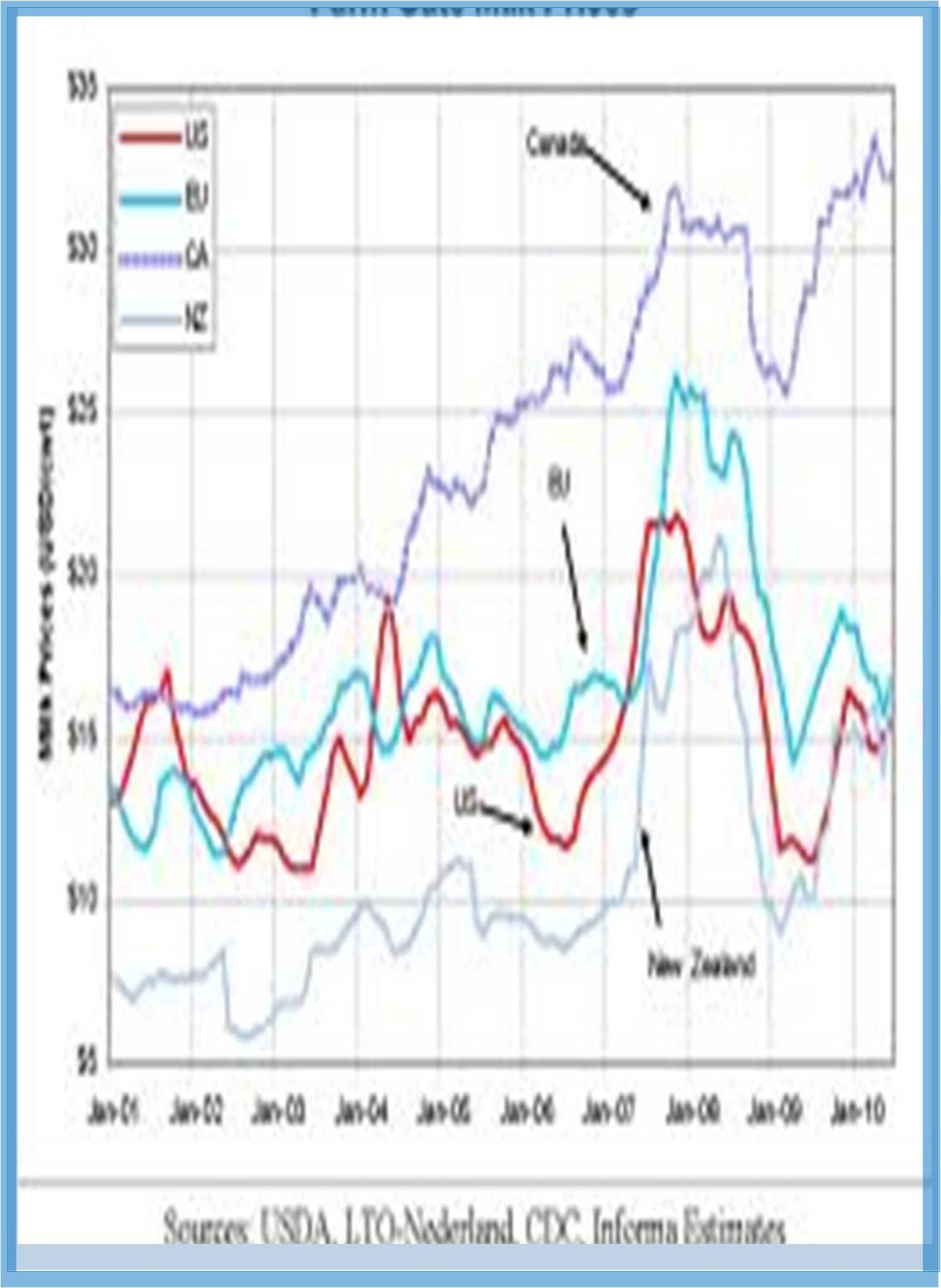



Received: 23-Jul-2022, Manuscript No. GJAEE-22-71978 ; Editor assigned: 26-Jul-2022, Pre QC No. GJAEE-22-71978 (PQ); Reviewed: 12-Aug-2022, QC No. GJAEE-22-71978; Revised: 22-Aug-2022, Manuscript No. GJAEE-22-71978 (R); Published: 29-Aug-2022, DOI: 10.15651/GJAEE.22.10.003
Soil ecosystems are nowadays exposed to several physical, chemical, and biological stressors, which are directly or indirectly related to anthropogenic activities. This chapter discusses how pollutants alter soil ecosystem structure and alter the functions and services that the soil provides. The abiotic and biotic compartments that make up the soil ecosystem are dynamically reactive and reliant on essential elements like water and light. Due to their reliance on this structure and biodiversity, soil functions are likewise slow down by changes to this well-balanced system.
The soil's top layer contains the dwelling organisms. The dead organic debris is broken down by these organisms, releasing the nutrients required for plant growth. The environment in which seeds grow is soil. They supply the water, nutrients, and heat necessary to grow plants to maturity. Together with other plants and creatures, these plants form an ecosystem. The next phase of the ecosystem from organic farming to sustainable produce to locally sourced food is known as Regenerative Agriculture (RegenAg). By collaborating with nature and natural processes, regenerative agriculture aims to create soil that gets healthier over time. The Soil Food Web has been graphically represented in numerous attempts. While not as visually appealing as the traditional soil food web illustration, it deeply describes how the soil microbial community that supports plant growth.
Carbon and Nitrogen Cycles
In addition to provide physical support, water, nutrients, and air for plant growth, soils are versatile, open environments. The large population of bacteria and fungi that recycle chemical components, particularly carbon and nitrogen, as well as hazardous chemicals, is another feature of soils. The nitrogen and carbon cycles are crucial natural processes that involve the uptake of nutrients from soil, the return of organic matter to soil by tissue ageing and death, the decomposition of organic matter by soil microbes (during which nutrients or toxins may be cycled within the microbial community), and the release of nutrients into soil for uptake once more.
Since the majority of these organisms are aerobic, factors affecting their life cycles and activities include the quantity of porous space, pore-size distribution, surface area, and oxygen levels. While other larger species need larger gaps, macropores, or the water film around the soil particles to move in search of food, the smallest critters (microbes) use the air-filled micropores to proliferate. As a result, their variety, population numbers, and vertical stratification are also significantly influenced by the qualities of the soil as well as the depth of the water table. In the end, the composition of soil communities which determines whether a landscape is healthy or polluted, pristine, or both strongly depend on both natural and human activity (agriculture, forestry, and urbanization).
The soil food web is composed of an astonishing diversity of species. The smallest ones are the one-celled bacteria, algae, fungi, and protozoa; the largest ones are the visible earthworms, insects, small vertebrates, and plants; and the most complex ones are the nematodes and micro-arthropods. Pure water, clean air, healthy plants, and controlled water flow are all made possible by the eating, growing, and moving of these creatures through the soil. The soil food web contributes significantly to the processes that shape the landscape in a variety of ways. Organic substances, such as manure, plant waste, and pesticides, are broken down by soil organisms to stop them from polluting water. They both fix atmospheric nitrogen to make it available to plants and sequester nitrogen and other nutrients that could otherwise enter groundwater. Numerous species improve the aggregate and porosity of the soil, which increases infiltration and decreases surface runoff. In addition to feeding above-ground animals, soil organisms feed on crop pests. Other living organisms use these new materials. When a living thing perishes, its remains fall to the ground where biological and chemical processes transform them into fresh materials and sustenance for other living things. This is how nature recycles.